On a windy Saturday morning, Catherine Lo looked around the Filipino cemetery.
She was there for one reason: To begin a group effort to pinpoint the exact location of the unmarked grave site where 16 Filipino sugarcane workers were buried in 1924.
“It is shrouded in mystery,” Lo said. “And today, we begin to unveil that shroud.”
Lo, of Kukuiula, was joined by a contingent of researchers, historians, a filmmaker, camera crews and photographers as they talked story about the grave site and why it was important to find it.
They discussed possibilities based on historical accounts and newspaper reports, geographic markers, and theories that relied on verbal accounts repeated over the decades.
“I’m just amazed that 95 years after this massacre, people are still asking who was killed,” said filmmaker Stephanie J. Castillo, who is from Kauai. “I think for the Filipino-American community, that is a really important question, because we as a culture honor our dead, and to have somebody buried without a gravestone, a head marker, without knowing who is in the graves, it’s kind of an affront to us Filipinos.”
Castillo is working on a documentary about what happened on Sept. 9, 1924, when Visayan striking workers battled local police and deputized hunters in what’s been called the Hanapepe War. Sixteen workers and four police deputies were killed, and more than a hundred other workers were jailed.
Castillo, who has made more than 10 award-winning documentary films, said the story of the Hanapepe massacre got her interest when an article appeared in The Garden Island announcing a research team from the Kauai Chapter of the Filipino American National Historical Society was working to find the grave of the workers killed and to identify them.
The FANHS-HI Chapter Kauai contingent includes researcher Mike Miranda, Catherine Lo, Karl Lo, Raymond Catania, Fern Anuenue Holland and Dale Shimamura. They hope to determine what led to the battle and how it could have been prevented.
The team hopes to cap their work by locating the resting places of the sheriffs and plantation workers killed, and placing proper markers on their graves.
“Their story must be told,” Catherine Lo said.
Castillo’s new documentary film is called “The Hanapepe Massacre Mystery,” and is being made for PBS broadcast. She brought a Honolulu film crew with her Saturday to document the researchers examining the suspected grave site Saturday.
“I just think what’s driving this research committee is the need to pay some kind of homage to the people that were buried there, and that starts with locating the grave and trying to get the names of who is located there,” she said.
Christopher Ballesteros, a Kauai native now living in Boston, wrote a 120-page history thesis on the massacre for his Harvard undergraduate degree.
He said the gravesite location is “80 percent” narrowed down to within the Filipino cemetery, often referred to as a Catholic cemetery, but there are other possibilities and plenty of speculation.
One site could be closer to the ocean, as a description of the gravesite talks about overlooking Hanapepe Bay. It could also be back toward the far end of the cemetery.
On Oct. 19, a ground-penetrating radar machine will be used to help confirm the grave site’s location.
Based on Ballesteros’ research, the bodies were likely buried in a single line in a trench of coffins, with each coffin about six feet long. That would make the gravesite from 50 to 100 feet long, depending on whether coffins were stacked.
“It does seem this area here is probably the best bet,” Ballesteros said as he stood near a large stone that may be a marker for the grave of the 16 Filipino strikers.
Ed Edwards of Kekaha, part of the research group, is confident about the grave site’s location.
“As far I’m concerned it’s found because I talked to the guy that uncovered it,” he said. “We know exactly where it’s at.”
He said a caretaker was doing a burial when he and his crew unearthed some remains.
“They were following the trench is what they were doing,” Edwards said.
Miranda arrived later at Saturday’s gathering and said he spoke to someone earlier that day who had knowledge of the grave site’s location.
Miranda asked him if there was the possibility that the grave site had been disturbed. He said the person, who wanted to remain anonymous, said no. He told Miranda he has visited the site almost weekly for years.
Catherine Lo and Ballesteros asked if he would tell them where it was.
“He said he’ll give me the information about the location of the grave site when no one is around,” Miranda said.
Holland, born and raised on Kauai, said there are parallels to be drawn between the sugarcane strike and activism on Kauai today.
“Finding the graves is so significant because of the opportunity to acknowledge and to show our respect for some of these very-early labor-rights activists,” she said.
The battle involved striking Filipino plantation workers from the Makaweli Plantation in Hanapepe and Kauai sheriffs that included deputized hunters.
There were many accounts of what happened and why.
Miranda said the most consistent account they have found is that the striking workers were accused of kidnapping or assaulting two workers who crossed the picket line. Tensions were high, made higher by language barriers and anti-union sentiment, and it’s believed a loud noise that might have been gunfire triggered the fighting.
Ballesteros said Filipino workers at that time were prohibited from owning firearms, but they were armed with knives.
Ballesteros said the documentary could prove invaluable in telling what happened that day and bringing history to life.
“It’s crucial that we’re extracting what memory exists out there in the community,” he said, “because there’s only so much you can find in books and reports. We’re hearing everyone’s versions and trying to make them fit into what we know happened so we can piece together the rest of the puzzle.”
Catherine Lo is confident they will find what they’re after.
“This is definitely a good start,” she said.
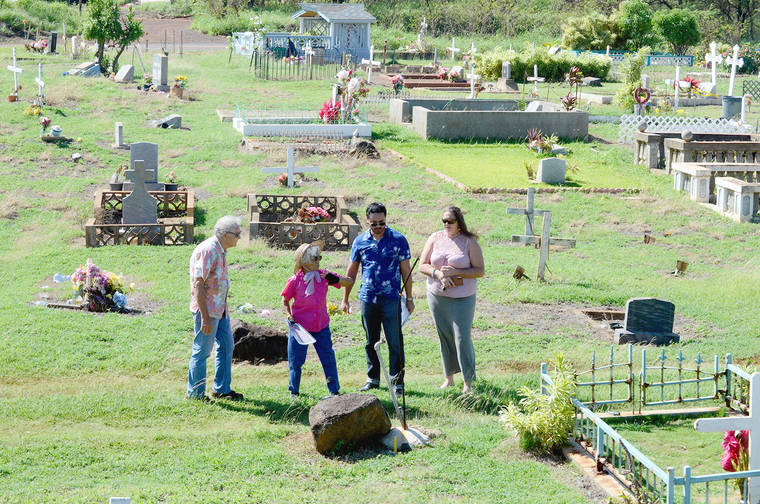
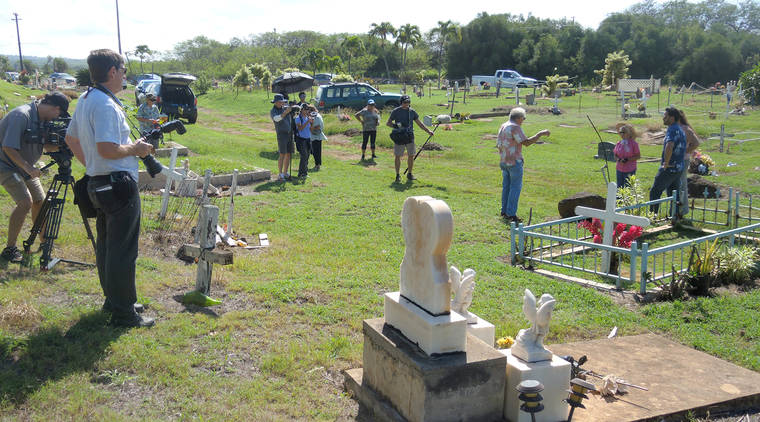
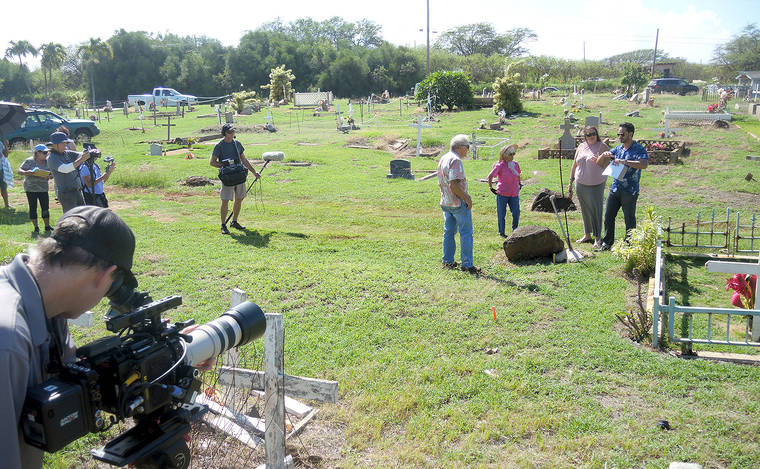
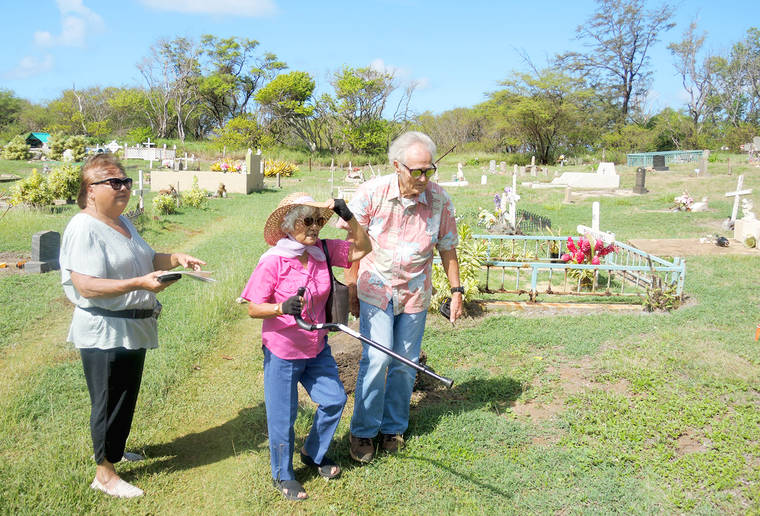
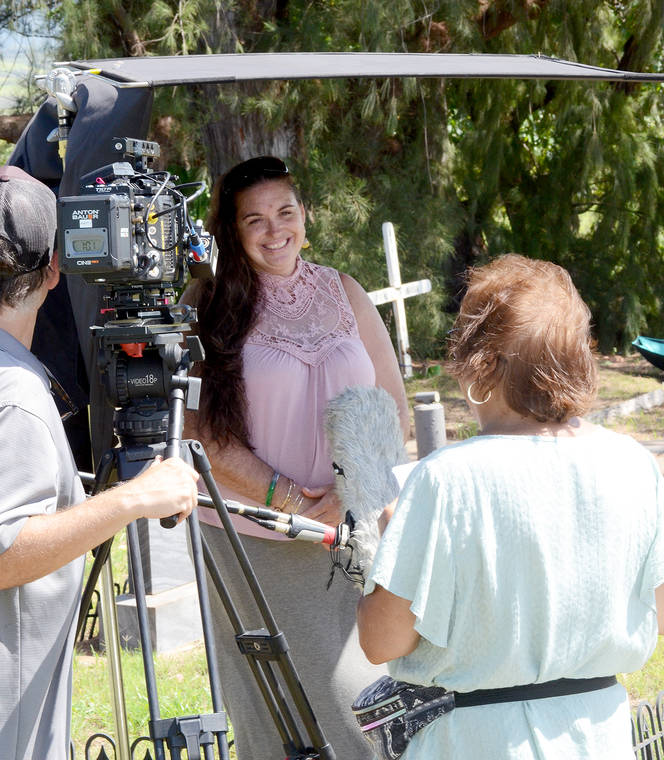





Very interesting. I’m looking forward to see the outcome. So sad!
This can of worms might best be left unopened.
Was interesting until I saw that Fern was involved involved in this, so not too interested in it now. She has, and always will be about herself.